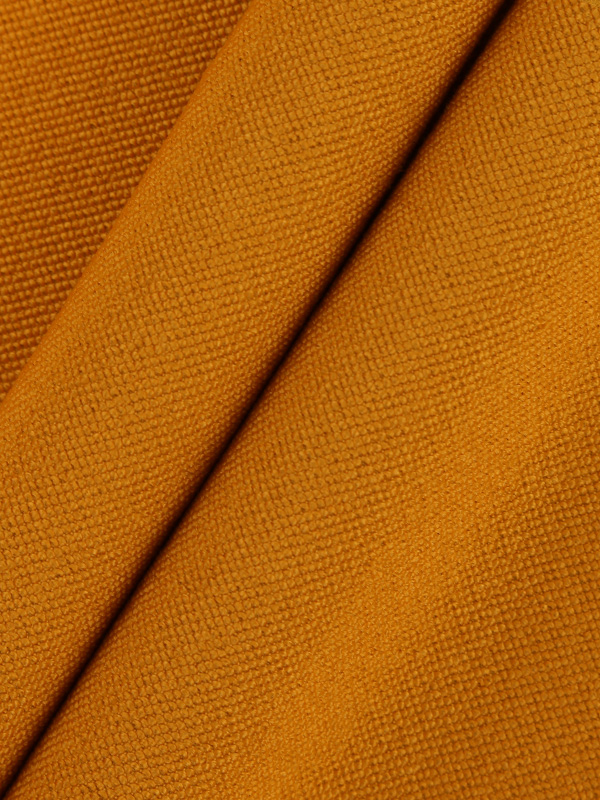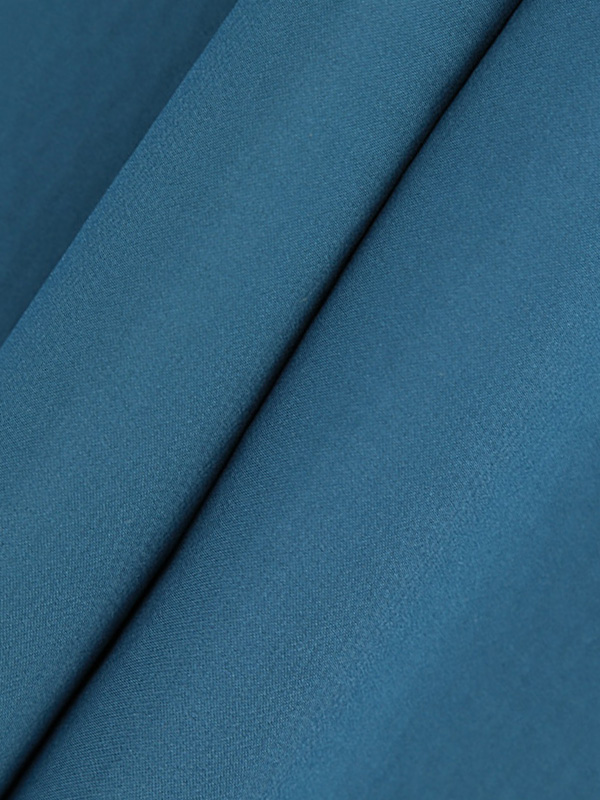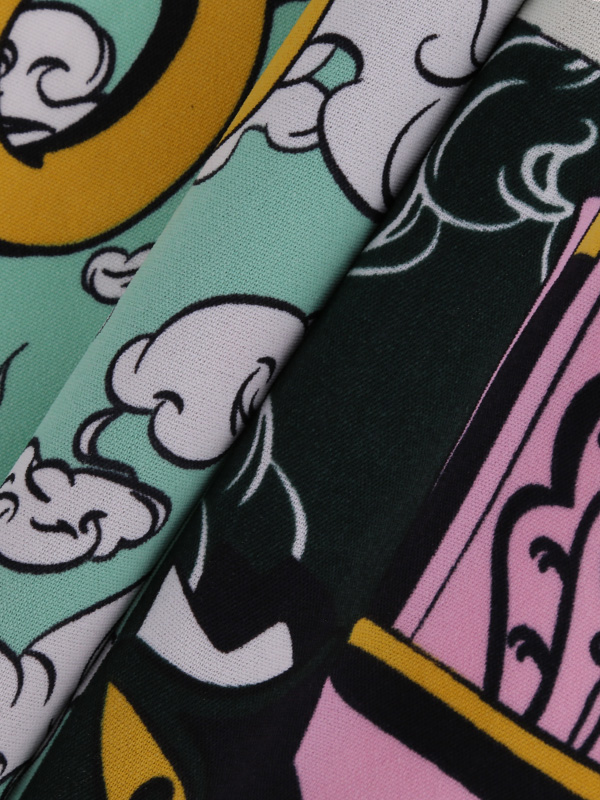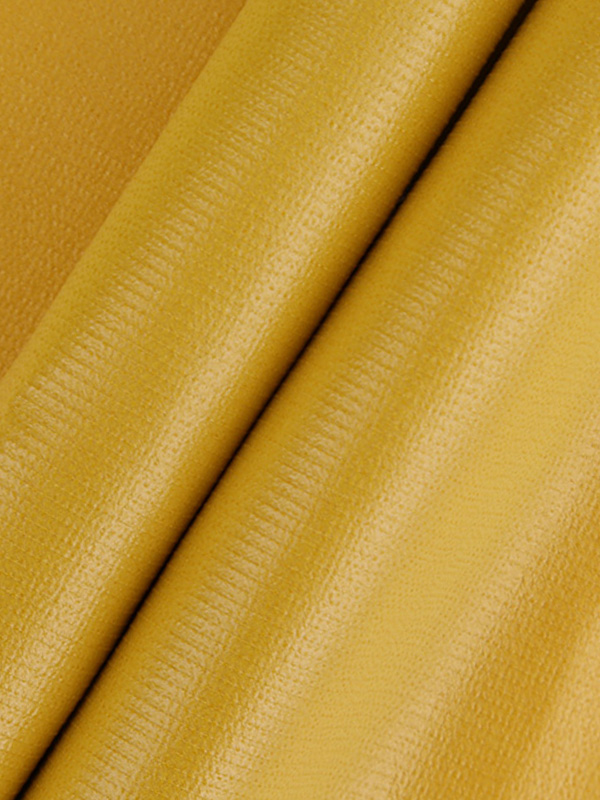Introduction of nylon fabric
There are many kinds of nylon fabrics (generally can be divided into two categories: general type and waterproof type, and waterproof nylon fabrics include calendered nylon fabrics, coated nylon fabrics, laminated nylon fabrics, etc.). There are differences in structural characteristics and are used to different uses, and nylon fabric printing inks have various types such as water-based slurry, single-component classification, two-component catalytic type, etc. Therefore, for different nylon fabric categories, it is necessary to choose the ink that you are used to. . For example, different waterproof nylon fabrics differ in the selection of inks in screen printing due to their different waterproof coatings.
①Calendar nylon fabric. Calendered nylon fabric is waterproof and has a glorious appearance. It is a commonly used fabric for general winter sports series. The surface of this fabric does not contain a waterproof coating. During the calendering process, due to the heating of the fiber, the surface is relatively lubricated, so that the surface adhesion can be reduced, and it is difficult for foreign substances to enter the interior of the fiber. The printing fastness of this nylon fabric printing using water-based glue cannot meet the requirements. To achieve good adhesion, it can only rely on the cohesive force of the resin contained in the ink and the cross-linking effect of the cross-linking agent.
When selecting single or double component ink, debugging should be carried out according to the technological characteristics of nylon fabrics of various manufacturers. Two-component ink is composed of resin ink and curing agent. It is manufactured according to the proportion when used. When manufacturing, pay attention to controlling the amount of curing agent. Too much will cause the product to have poor hand feeling, and the fabric will be easily damaged when folded; too little can not achieve the fastness required for fabric printing. It should also be noted that due to the particularity of calendered nylon fabrics, foreign inks are mostly unsuitable. In nylon fabric printing, the new type of plastic-melting colloidal printing paste has outstanding characteristics. It has excellent performance in printing fastness, washing degree and color, and is used to printing on different fabrics. When printing, it does not dry and does not form a film and solidifies, and the printing ink is placed in the screen for a long time without blocking the ink, so it has excellent printing suitability. However, due to the high temperature requirements of this type of ink, its application is subject to certain constraints.
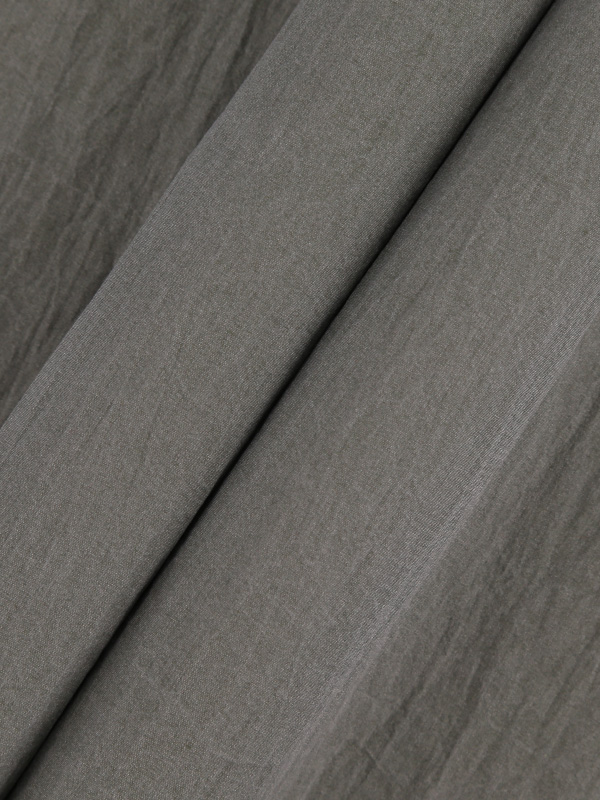
②General waterproof nylon fabric. Generally, waterproof nylon fabrics are actually coated with a waterproof layer on the surface of chemical fiber fabrics. This waterproof nylon fabric is mostly used to make raincoats, awnings, etc. This kind of nylon fabric has a certain compatibility with the coating and ink, so the general fabric ink can be used.
③Silicon oil-coated nylon fabric. The coating of this waterproof nylon fabric is about 0.3 to 0.5 mm thick constituent rubber, which is generally used as rainproof equipment such as raincoats. It has very strict requirements on the ketone solvent contained in the ink when printing. Since the constituent rubber is used as the inner layer to prevent rain, and the ink is printed on the surface nylon fabric, once the ketone solvent contained in the ink enters between the nylon fabric and the coating, degumming will occur.
Therefore, ketone solvents should be strictly controlled when using solvent-based inks. Since this type of fabric is relatively heavy, it is not advisable to add too much catalyst when using two-component ink to prevent the fabric from becoming stiff and hard and cracking. Since the glue lamination is carried out at high temperature, the nylon fabric may form a glossy surface, which has an impact on the printing fixation. Therefore, an appropriate amount of crosslinking agent should be added when using nylon glue for printing.
④ Reflective nylon fabric. Reflective nylon fabric is a special uniform material composed of reflective material applied to the surface of the fabric. The reflective material is mainly a kind of reflective colloid which is composed of a rubber-type adhesive and a polymer adhesive, a solvent, and glass beads mixed in a certain proportion. It is mainly used for traffic, public duty uniforms, special signs, etc. When encountering lights, the light is reflected, and various pictures, symbols and symbols printed on the reflective cloth can be clearly seen.
The screen printing ink on the reflective cloth requires good flexibility, washing resistance, UV resistance, and strong adhesion fastness. Note that the ink on the reflective cloth will not reflect light. The so-called reflection is caused by the light reflection, light scattering and refraction of the glass. If the transparent ink is printed on the reflective cloth, the ink layer will not reflect light, it is colored by the reflection of glass beads on the reflective cloth under the ink layer.


 English
English Chinese
Chinese